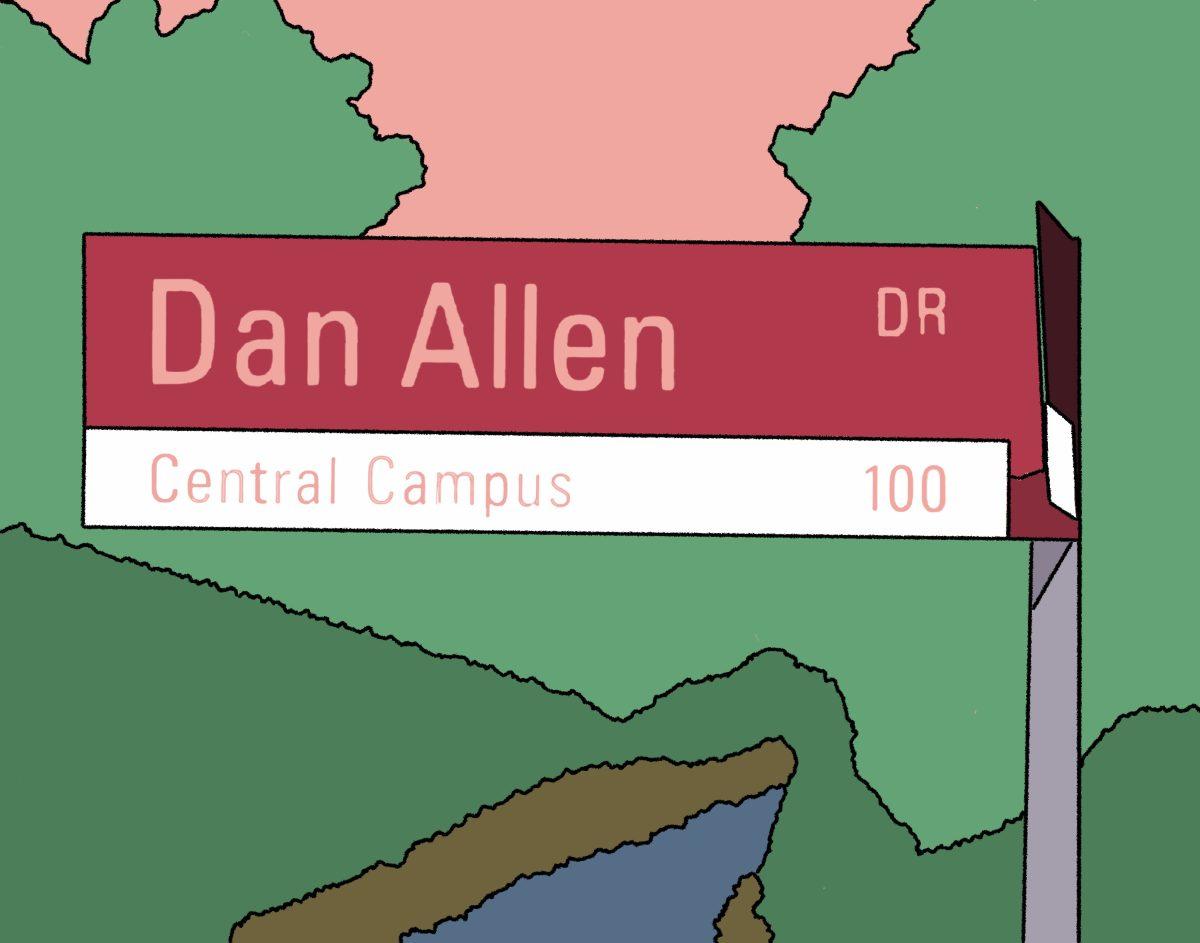Brick Layers is an NC State research project investigating the history and namesake of the built environment of campus. The origins of the names of landmarks such as Dan Allen Drive, Tompkins Hall, Poe Hall and other places students go every day are included in the research.
Tammy Gordon, a professor of history and former director of public history, was asked by the Office of the Chancellor to lead the research.
“I worked with a few people on the chancellor’s team, and the chancellor funded the project,” Gordon said. “The idea was to just find out more about the built environment at the campus, because there were a lot of questions, particularly about Daniels Hall and the Hill Library. People wanted to know a little bit about the namesakes, so the chancellor asked us to find out more.”
According to Gordon, the sites researched for this project were selected based on a student survey and assessments of which namesake may no longer reflect the values endorsed by the University today.
Daniels Hall, now called 111 Lampe Drive, was formerly named after white supremacist Josephus Daniels. Hill Library is named after Daniel Harvey Hill Jr., one of the first faculty at NC State. The library’s full name was updated in 2019 to reflect that it was not named after his father Daniel Harvey Hill, a Confederate general.
“We also hoped that we could provide some information that would help policymakers and decision makers at the University,” Gordon said. “It’s always important when you’re trying to solve a problem to look at how that problem started in the first place. And so looking at the context of the University’s history, it can help us understand why university buildings are named after people that might not reflect our values today. That’s what we do as historians as we want people to understand their relationship to the past and how the past shapes the present, the University that we have built today.”
According to Allana Natanson, an NC State alum and Gordon’s former research assistant, the first time the archives mention somebody explicitly calling the road Dan Allen Drive was in 1940.
“They were going through and naming a whole bunch of buildings and spaces on campus then,” Natanson said. “[Dan Allen] was a member of the board of trustees of the college, and in context, all of the other buildings that they had also named they decided to name after alumni.”
According to Gordon, the University chose to name buildings after people they felt reflected the students, faculty and administration’s beliefs at the time, and these namesakes are not necessarily reflective of the University’s values now.
“Dan Allen was a supporter of the University, he was a philanthropist, and the University at the time thought he represented their values,” Gordon said. “He was also a member of what was called the White Supremacy Club. He and many other university founders believed wholeheartedly in white supremacy, and that’s not a label that we attached to them, that’s a label that they embraced for themselves. They were proud of advocating for what they call the Anglo-Saxon race, as were many people in power in North Carolina and around the United States at this time. They were probably more typical of white men in power at the time.”
Gordon said we should all be learning more about the history of those honored around campus, because many familiar names have pasts similar to Dan Allen’s.
“Every one of us should be using University Archives to know about the history of the people who are honored on our buildings,” Gordon said. “But known white supremacists, people who were architects of segregation, are not worth honoring, and I think they constitute what some people refer to as an environmental microaggression. But again, as a historian, my job is not to judge any of this, it’s just to come up with the primary sources and then put them in context with what we know about history. So I would hope that people who are in decision-making capacity, consider the full history of the University and not just the parts that make us feel good.”
Natanson said she would like to see Dan Allen Drive have a different name but doesn’t think we should completely remove this history or the University’s culpability.
“I think we still need to have an acknowledgement that it was called at one point Dan Allen Drive and that the University thought that Dan Allen’s actions were worthy of honoring,” Natanson said. “And I think the other thing we need to think about is what are the systemic issues of the University, systemic inequities of the University that can be or that need to be addressed and can’t be paved over by just renaming it. Are we going to take action besides just giving the road a new name?”
The link to the Brick Layers website can be found here.













